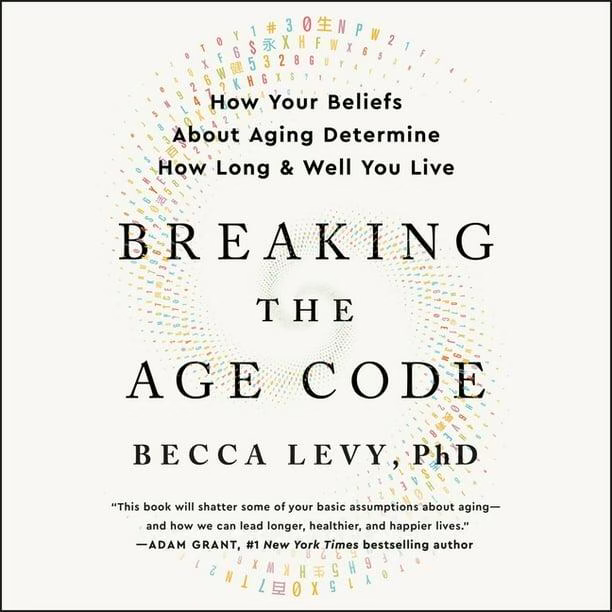The Aging Brain
- By Lynn Breuer, LMSW
- Jun 29, 2022
- 3 min read
I once had a client who was known for saying, “Aging isn’t for sissies.” Boy, was he right! If we are lucky enough to live a long, healthy life, chances are we’ll face some sort of age-related difficulties. Will it be hearing, vision, or mobility that changes first?
But just as we accept the fact that normal aging brings expected changes in these areas, it is also likely to impact our cognition to some degree. Normal changes to cognition that are to be expected include word-finding difficulties, decreased focus and attention, slower processing speeds like that “right on the tip of the tongue” feeling, and slight memory difficulties.
Why does this happen? Believe it or not, our cognitive abilities peak at around age 25. From birth to age 25 our brains process information faster and faster each year. At age 25 we reach the top of the bell-shaped curve and begin a very slow decline. Most of us do not notice any changes until closer to age 50, where the cumulative changes start to be felt when we can’t remember exactly where we parked the car at the mall. Or when a word is on the tip of our tongue, and instead of spitting it out within seconds as we did in our 20s, it takes a few minutes (or hours) to get it out.
We have so many neural connections in our brains that the analogy has been made likening the connections to a complex road map with well-worn pathways. Signals are sent to and from our brains at lightning speed, one nerve at a time. Each nerve passes the information on to the next one. As we age, some of these neural connections no longer work and the signal is lost, not unlike when a road is closed for construction and traffic is not able to pass through. This is the culprit behind the cognitive changes we notice.
So, what can we do about this? The best way to fight back is through building brain resiliency. This is possible due to our brain’s built-in capacity to learn, adapt and change throughout our lives, often referred to as neuroplasticity. While this won’t open the closed freeway-like pathways in our brains, it can help us increase our network of smaller neural connections, the side streets that allow traffic to continue in an unobstructed flow.
How do we build brain resiliency? While there are several lifestyle factors linked to brain health, including good nutrition, regular exercise, engaging in social activities, spiritual engagement, sleep hygiene, stress management and medication management, current research favors mental stimulation, specifically cognitive training, for playing a critical role in building brain resiliency.
For cognitive training to be as effective as possible, it needs to strategically target specific cognitive tasks, in a predetermined order, with increasing levels of difficulty over time. These improvements should then translate into real world skills improvement, beyond the training session exercises.
One of the few research-based programs on the market addressing these issues is Mind Aerobics, developed by the New England Cognitive Center. The specific skills challenged in each class session include:
Reaction time - How quickly we react to unexpected changes in the world around us
Visual/spatial skills - Critical to minimizing the risk of falls, as well as helping with parking skills
Attention and concentration
Memory - Short and long-term, as well as visual memory, auditory memory and kinesthetic memory
Language
Problem-solving skills
The classes have ramped up the cognitive improvements by being held in a group setting, so socialization is included in the package, giving your brain quite a workout…with no workout clothes required!
Mind Aerobics classes are forming for summer and fall. For more information on Mind Aerobics classes, contact Jewish Family Services, Mind University at 248.788.MIND or MINDU@jfsdetroit.org.




Comments